By: Carolyn Kemmett
Tales from North Carolina’s largest planted peony farm
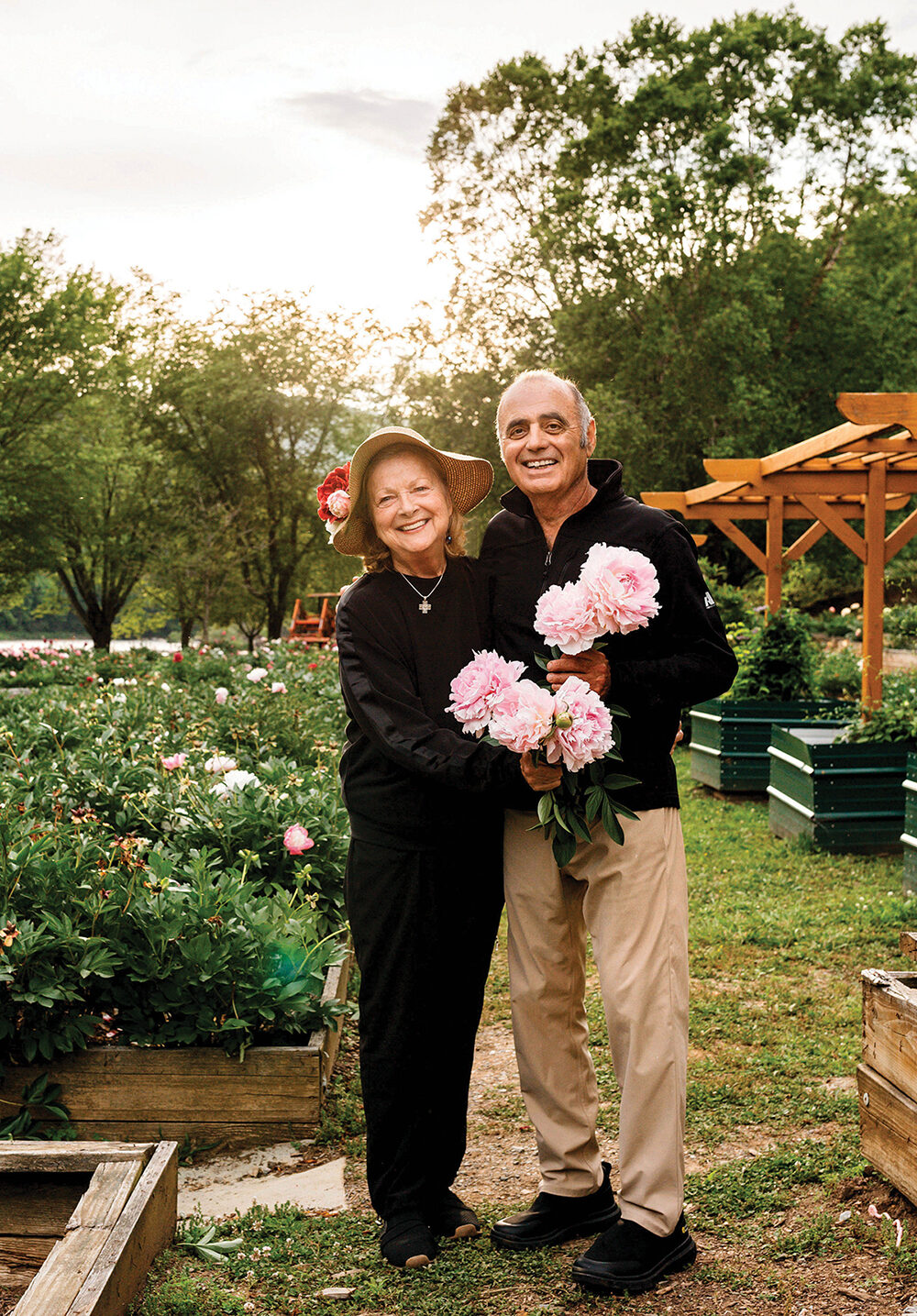
Restaurateurs turned flower merchants Suzanne Fernandez and Chef Ricardo Fernandez Battini.
Photo by Clay Nations Photography
“I equate peonies with love because they’re the first blooms of summer.” So said renowned fashion designer Isaac Mizrahi. The equally smitten proprietors of Wildcat Ridge Farm in Clyde, Suzanne Fernandez and Chef Ricardo Fernandez Battini, couldn’t agree more.
“Peonies have some of the most treasured blooms in the world,” says Suzanne.
For 16 years, starting in the mid-’90s, these serial entrepreneurs ran upscale Lomo Grill in Waynesville — the business was an early tastemaker in the regional farm-to-table movement. When they retired from the restaurant business, they began growing flowers, renting out a luxury yurt on their property above the Pigeon River, and leading culinary and wine tours in Argentina, Ricardo’s homeland.
They recently slowed down long enough to chat about what is undoubtedly their most magical endeavor: a delightful waterfront farm of fragrant, extravagant peonies.
While they’re open to the public in May for cut flowers, Wildcat Ridge does most of its business in summer, selling potted peonies June through October.
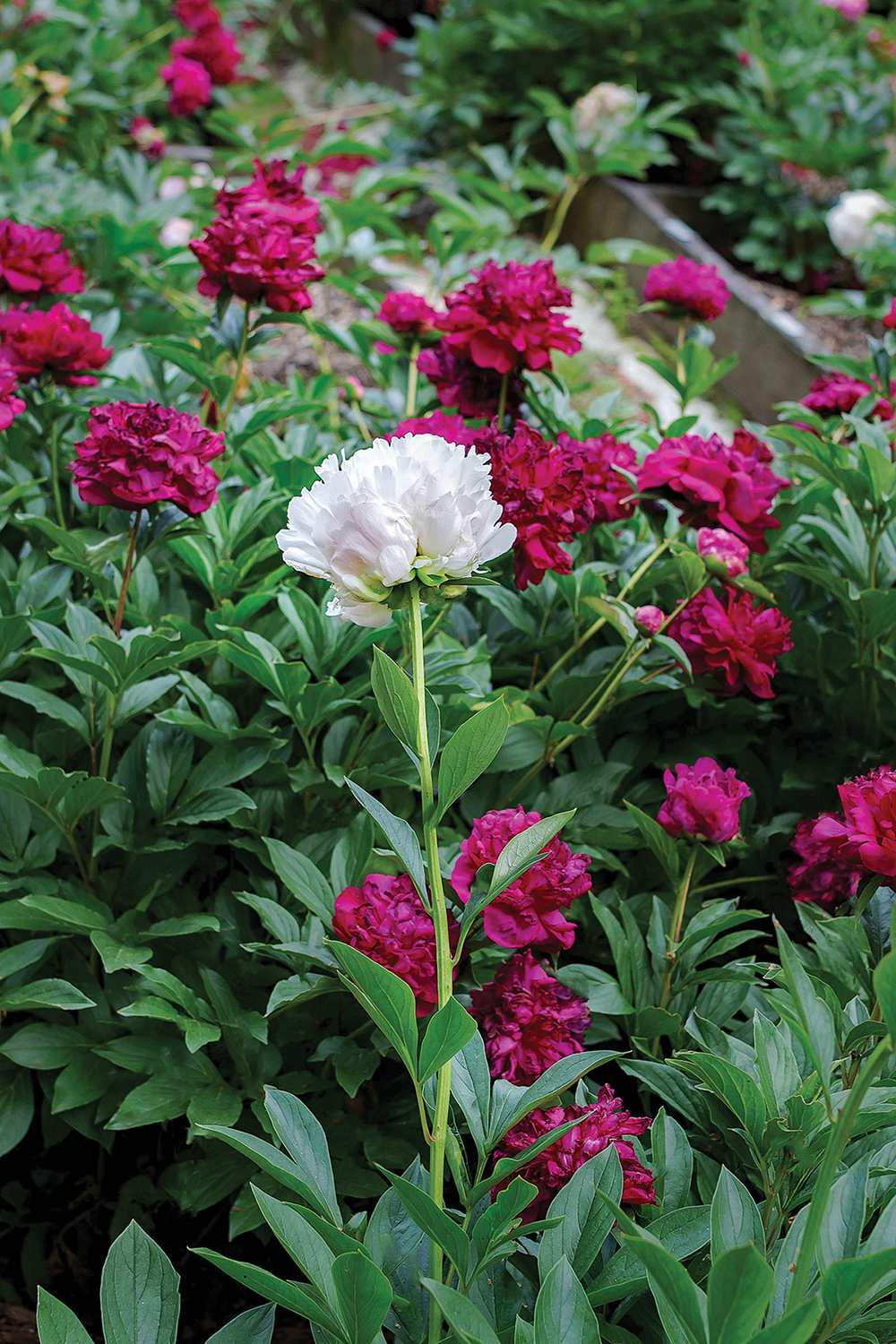
You’re resilient entrepreneurs with a dramatic backstory. How did the peony farm come to be?
Suzanne: For Lomo Grill, we grew vegetables and herbs for the restaurant and flowers for the tables. That all ended in September 2004, when the double whammy of hurricanes Frances and Ivan hit here within nine days of each other.
Ricardo: Sadly, our farm and greenhouse were suddenly in Tennessee. The water was so strong it pulled two 200-gallon propane tanks from the ground. Fortunately, we didn’t lose our home. Before that, I grew dahlias and orchids, even winning a double best-of-show trophy at a five-state orchid competition.
Suzanne: Before the flood, Ricardo would work with the dahlias on his only day off each week; they were a lot of work. When we rebuilt the beds after the flooding, we decided to concentrate solely on peonies.
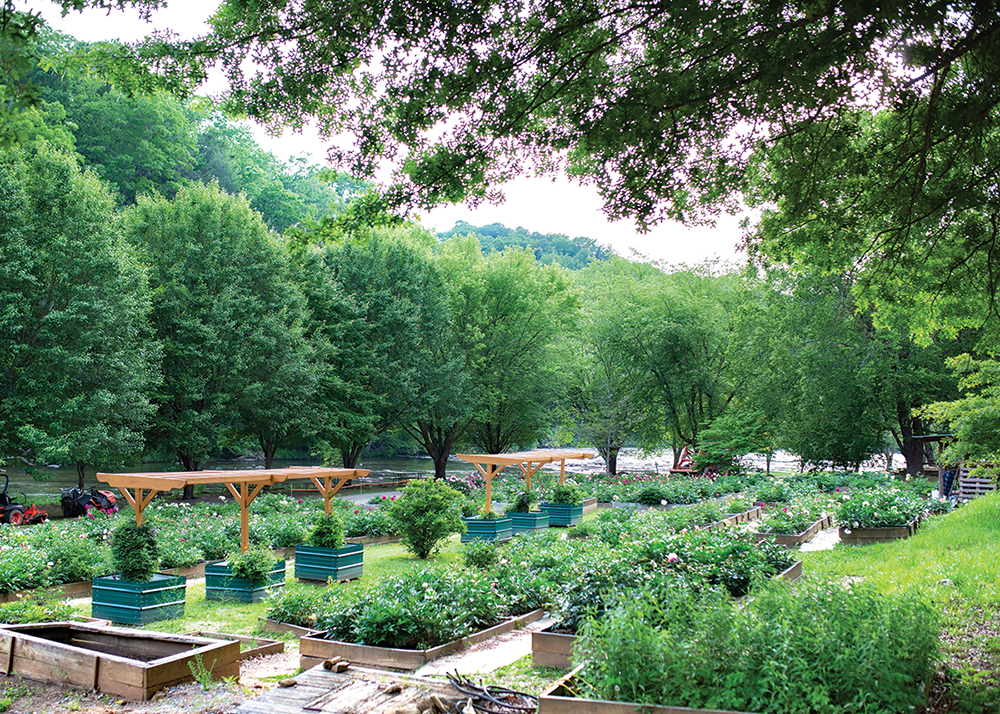
The riverfront property in Haywood County offers stunning vistas and rich soil — but also serious flooding threats.
Photo by Clay Nations Photography
How did you begin recovering from that loss?
Ricardo: We had nearly 10 acres of riverfront land, and 16 feet of water came all the way up to under our deck. We ended up moving over 150 truckloads of dirt just to patch the holes that the hurricanes created. It took us two years to get back to normal.
Suzanne: And all the while, we kept the restaurant going.

Photo by Clay Nations Photography
After you closed Lomo Grill, life became all about agritourism. Wildcat Ridge is now North Carolina’s largest planted peony farm. To what do you attribute this particular flower’s enduring popularity?
Suzanne: Peonies are heirloom plants. They have a lovely shape, delicate petals, amazing colors. They have universal appeal. Many remember them from their grandmothers’ gardens, and their longevity [as plants] is amazing — they can live for over a century. Peonies are so lush. Though some have no scent, others smell intoxicating.
I’m from Massachusetts originally, and my grandmother and her sisters from Cork, Ireland, grew peonies. I became addicted early on.
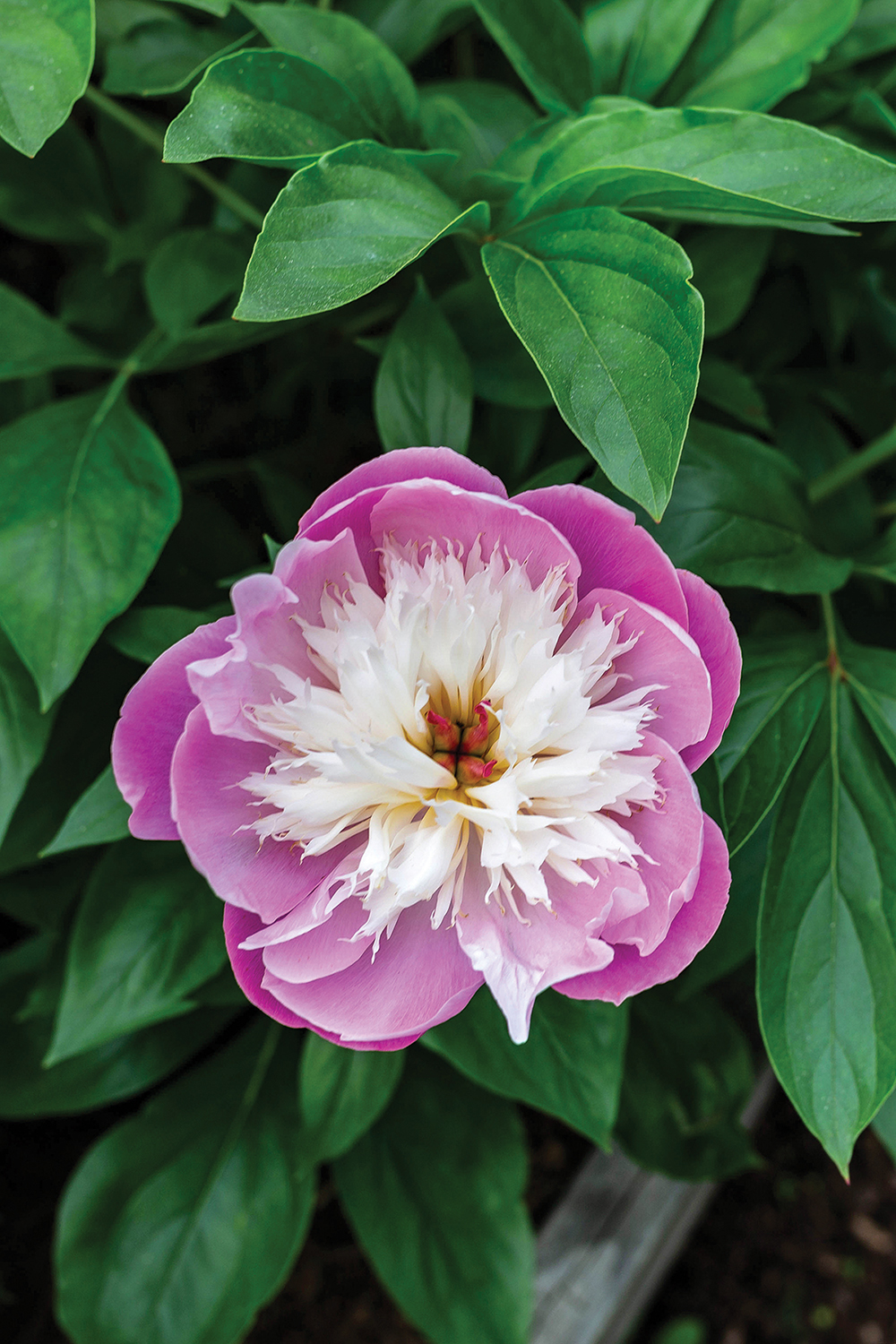
Peonies remind me of Dutch still-life paintings, but their history goes much further back.
Suzanne: Yes, you’ll see peonies depicted in old Chinese paintings and pottery. And in Chinese culture, peonies weren’t just prized for beauty; they were medicinal.
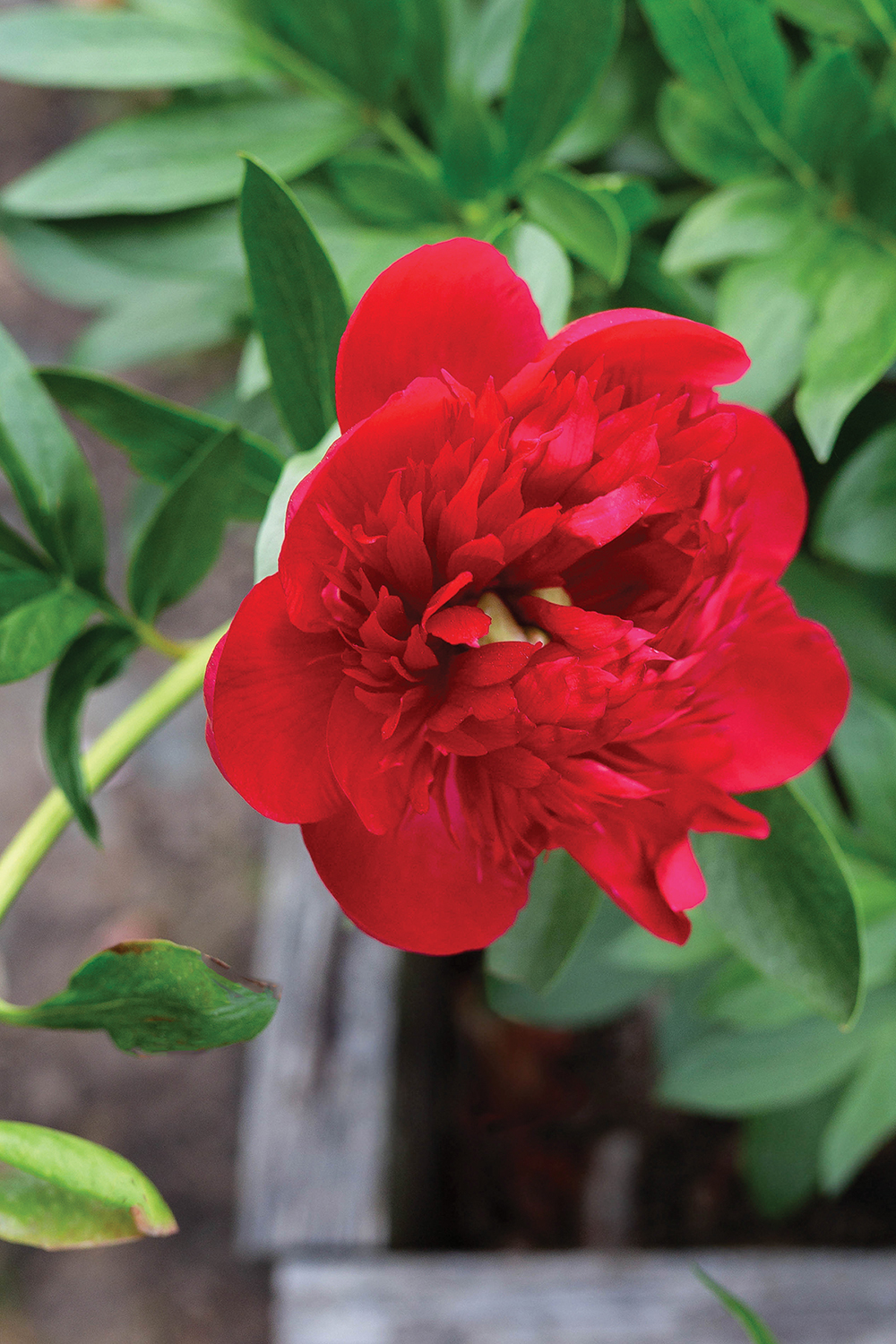
The sheer number of varieties at Wildcat Ridge are a feast for the eyes.
Ricardo: We have about 125 varieties here, and we’re always scouting new ones. We offer two of the most fragrant varieties from the 1800s — the “Festiva Maxima,” a double bloom that’s white with a touch of red, and a pink double bloom, “Monsieur Jules.” We also grow “Sarah Bernhardt” peonies, the most popular for weddings.
Suzanne: There are three types: herbaceous, intersectional, and tree peonies. We concentrate on two — herbaceous peonies are the most familiar. They grow into bushes and can live over 100 years, no problem. They need to experience a winter dormancy period to thrive. Intersectional peonies are a cross between tree and herbaceous peonies. We prefer them to tree peonies because they have the same great colors, but they grow into a bush. To grow one of these, you need a 4-by-4-foot space, and they bloom prolifically. Peonies also tend to come back each year either as stunning as the year before or even better.
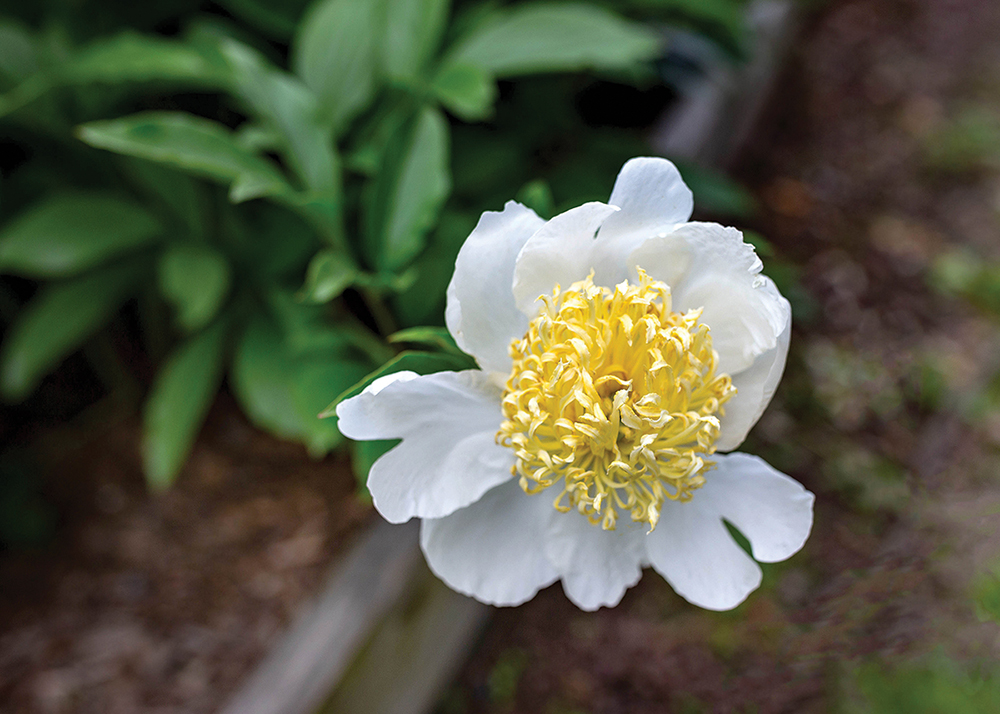
So growers, especially first-time growers, might have a thing or two to learn before fall planting time …
Suzanne: Yes. Ricardo e-mails detailed planting and feeding instructions — many don’t know peonies need feeding. We offer more robust, prolific plants too. When you order peonies from a catalogue, you typically get a tuber with one or two “eyes” [potential stems for the following year]. We, however, don’t pot anything with less than three eyes. Some have seven or eight, which sets you up for more flowers in possibly the first year — and definitely the second.
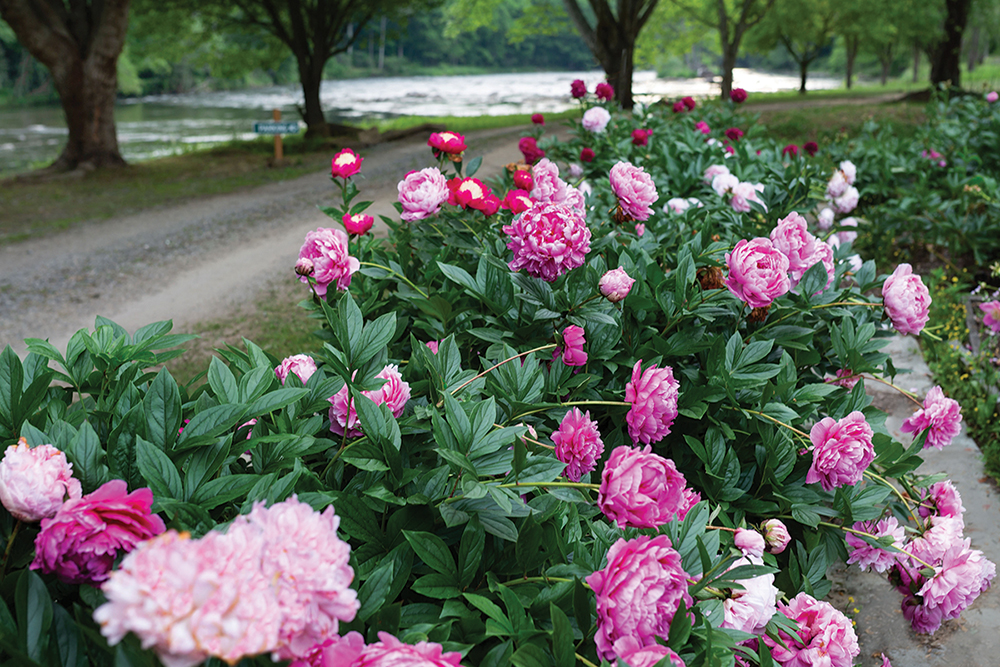
Photo by Clay Nations Photography
Wildcat Ridge Farm, 3553 Panther Creek Road, Clyde, 828-256-7542. Open June through October by appointment for potted peonies; see the form on wildcatridgefarm.com.
